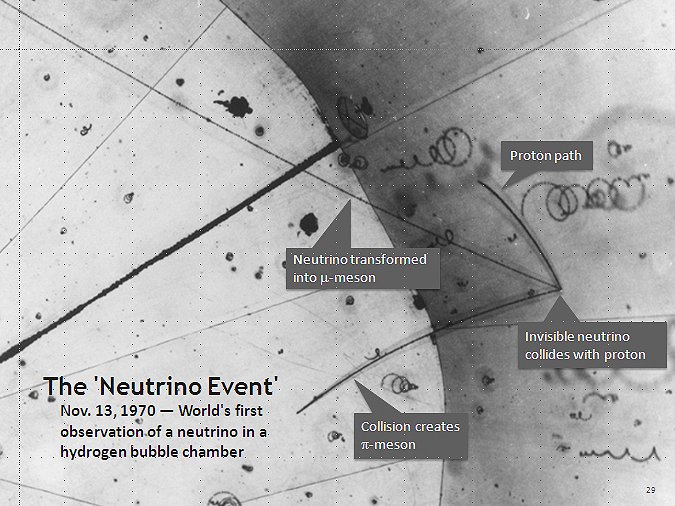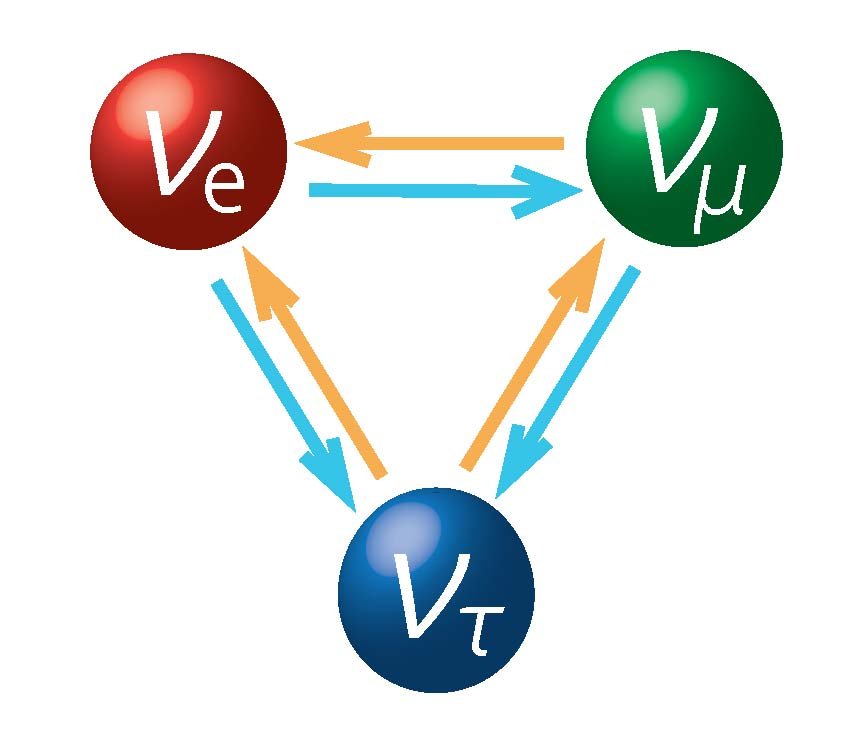Part 8: Ghost Particles and The Sun
Impossible Science #1, #2,#3,#4,#5,#6,#7,#8
The Sun is powered by nuclear reactions, mass converts to energy according to Einstein’s famous formula: E = mc².

pixabay
Beta decay appears to violate this formula, some of the reaction’s energy vanish without a trace. Wolfgang Pauli and Enrico Fermi proposed that an almost invisible particle, the neutrino, carries the energy away. For a long time observing neutrinos was thought to be impossible. We can now detect neutrinos from the Sun, giving us a way to study the reactions in its core. This study posed a puzzle of its own, that has only recently been solved.
The Sun is very hot and bright and has emitted radiant energy for a very long time.

pixabay
The energy of sunlight presented the first major challenge to the law of energy conservation. Scientists have questioned the source of this energy. Chemical energy is insufficient to sustain the output. Even if the whole Sun were made of fuel and oxygen, it could only burn for a few thousand years. Hermann von Helmholtz first suggested that the Sun is slowly contracting, causing its potential energy to become heat. However, given the mass and size of the Sun, it would only have burned out long ago.
The energy released in nuclear reactions is associated with a small decrease in mass.

pixabay
E = mc²describes how a small amount of mass corresponds to a very large amount of energy. The energy source of the Sun is nuclear fusion, in which 4 E. hydrogen nuclei combine to form 1 helium nucleus, releasing enough energy to power the Sun for billions of years.
Beta decay,

pixabay
where a nucleus transforms itself and emits an electron. Energy conservation seems to predict that the electron has a fixed energy, but in actual experiments, the electrons can have a whole range of energies.
- Niels Bohr suggested that energy conservation is only approximate. Large-scale energy conservation would only be a statistical law.
- Wolfgang Pauli and Enrico Fermi proposed that an unseen particle is produced in beta decay: the neutrino.
Neutrinos were finally observed in 1970.

wikipedia
The neutrino moves at or near the speed of light. It carries energy but can pass through ordinary matter without interacting and is almost invisible. Neutrinos provide us a window on the nuclear reactions inside the Sun. But this leads to another puzzle.
Theory of neutrino oscillations

j-parc
An ultrasensitive experiment in the Homestake Gold Mine measured the number of neutrinos coming from the Sun, and only a third of the expected number was observed. The Homestake experiment was finally explained by the theory of neutrino oscillations.
Neutrinos come in 3 types—electron, muon, and tau—and can oscillate from one type to another. The Sun produces electron neutrinos. By the time they reach Earth, the types are present in about equal numbers. Since the Homestake experiment only looked for one type, it only saw a third of the neutrinos.
In 2001, the Sudbury Neutrino Observatory detected solar neutrinos of all types, confirming the theory of neutrino oscillations.

Super-Kamiokande
FOLLOW @pjheinz
Impossible Science
#1 - THREE TYPES OF IMPOSSIBLE
#2 - ALMOST IMPOSSIBLE
#3 - ABSOLUTE ZERO IMPOSSIBLE
#4 - IMPOSSIBLE PERPETUAL MOTION
#5 - CHAOS MAKES PREDICTING THE FUTURE IMPOSSIBLE
#6 - IMPOSSIBLE TIME TRAVEL
#7 - MAXWELL'S IMPOSSIBLE DEMON
#8 - GHOST PARTICLES AND THE SUN
